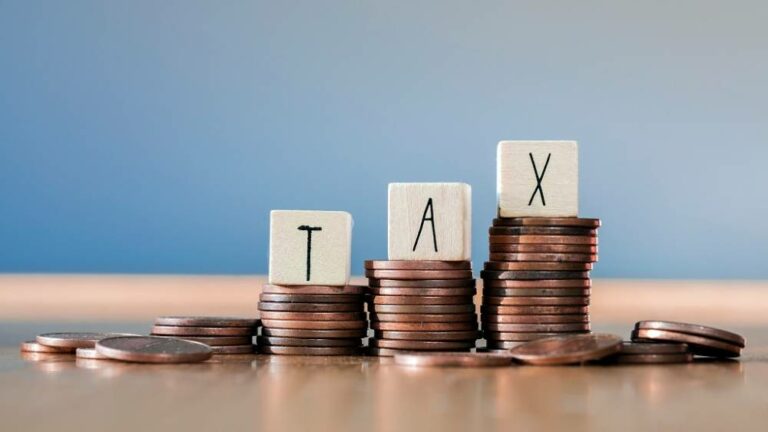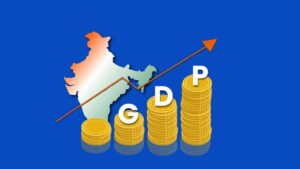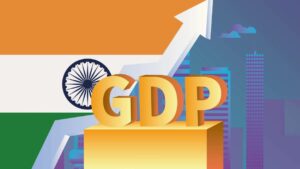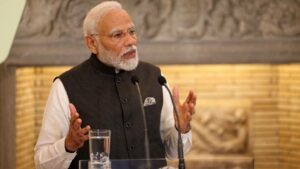The Economic Research Department of SBI said in a report that income inequality in India has declined, with more than a third of taxpayers moving to higher income tax buckets, while top taxpayers’ contributions declining rebutting talks of K-shaped post-pandemic recovery. In a K-shaped recovery, some parts of the economy may experience strong growth while others continue to decline.
SBI research paper said the K-shaped recovery seems “at best flawed, prejudiced, ill-concocted and fanning interests of select quarters to whom India’s remarkable ascendance, signalling more the renaissance of the new global south, is quite unpalatable. Income inequality captured through the Gini coefficient of taxable income has declined significantly from 0.472 to 0.402 during FY14-FY22.”
While 36.3 per cent of taxpayers have moved from lower income to higher income tax bucket, resulting in 21.3 per cent additional income, the top 2.5 per cent of taxpayer’s contribution in income has declined from 2.81 per cent to 2.28 per cent during FY14-FY21 (April 2013-March 2014 fiscal year to April 2020-March 2021 fiscal).
It went on to state that 19.5 per cent of small firms have transitioned into larger firms through MSME value chain integration and consumption of the bottom 90 per cent of the population has increased by Rs 8.2 lakh crore post-pandemic.
With the rise of income in the rural economy, people are substituting two-wheelers for four-wheelers. As many as 15 per cent of taxpayers in India are women taxpayers, it said, adding two crore family members are consuming food through Zomato from semi-urban areas. The report for the first time in the Indian context used publicly available income tax data to measure the estimates of inequality.
According to recent data, the income-tax returns filed by individual taxpayers earning between Rs 5 lakh and Rs 10 lakh, climbed by 295 per cent in the assessment years AY 2013–14 and AY 2021–22, showing a positive trend of migration to a higher range of gross total income. The number of ITRs filed by people earning between Rs 10 lakh and Rs 25 lakh has increased by 291 per cent while the total number of persons filing income tax increased to 7.4 crore in AY23 from 7 crore in AY22.
But is it the right way to measure income inequality? Certainly Not.




















